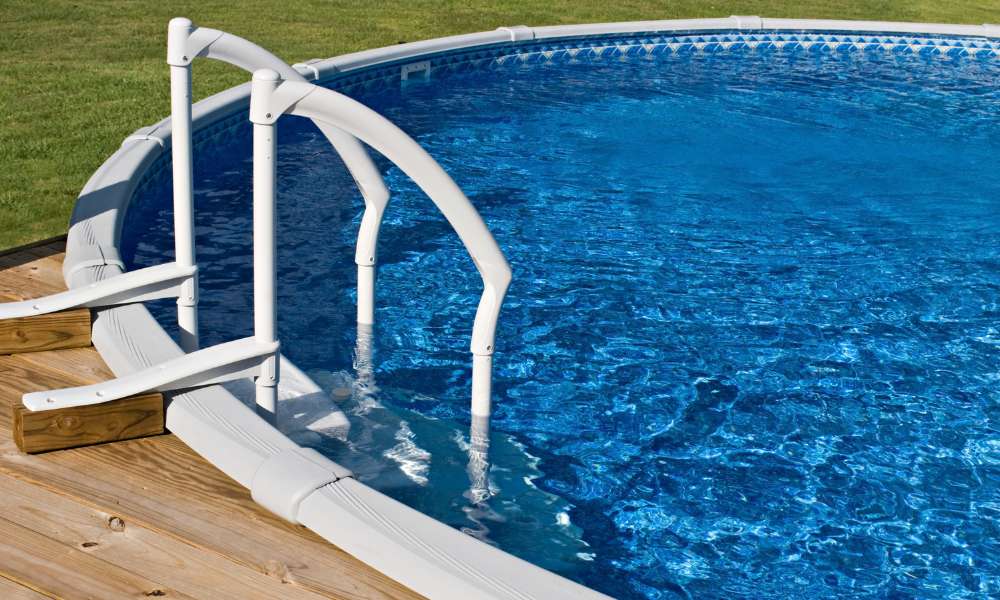Embarking on the journey to choose the perfect backyard addition, many homeowners find themselves pondering on how deep are above ground pools. This pivotal question is not just about measurements; it’s about unlocking the full potential of your leisure space. Above ground pools offer a versatile, cost-effective solution for families and individuals alike, blending convenience with the joy of cool, refreshing dips. In this comprehensive guide, we delve into the depths of above ground ponds, outlining their benefits, the importance of understanding their depth for safety and functionality, and how making an informed choice can elevate your home’s outdoor experience. Stay tuned as we dive deeper into the world of above ground pools, ensuring your outdoor oasis is just a splash away.
What Is The Standard Water Depth In An Above Ground Pool?
The standard water depth in an above ground pool typically ranges from 48 to 52 inches. This depth allows for comfortable swimming and playing while also providing adequate safety for users of different heights and swimming abilities. It’s important to follow the manufacturer’s guidelines for your specific pool model, as the recommended water depth may vary.
How Deep Are Above Ground Pools Usually?
Above ground pools typically have a depth ranging from 48 inches to 52 inches. This depth is sufficient for most recreational activities such as swimming, floating, and playing games. The standard depth provides a balance between safety and enjoyment, allowing both children and adults to comfortably use the pool.
Resin Pools
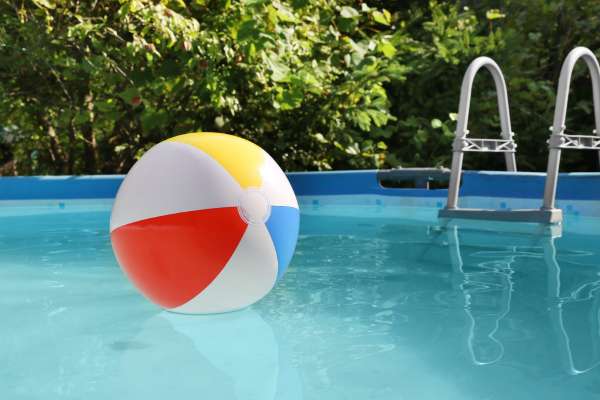
Resin pools offer a fantastic alternative to traditional above-ground pool materials like metal or steel. Known for their durability and resistance to rust and corrosion, resin pools provide a long-lasting and low-maintenance option for homeowners looking to invest in an above-ground pool. One of the primary benefits of resin pools is their ability to withstand harsh weather conditions, making them ideal for regions with extreme temperatures or high humidity. Additionally, the lightweight nature of resin material makes it easier to install and move if necessary.
Building Codes And Regulations
Building codes and regulations play a crucial role in ensuring the safety and structural integrity of above ground pools. These codes specify the minimum depth required for above ground pools to ensure that they are safe for use. While there is no universal standard, most building codes require a minimum depth of 4 feet for above ground ponds, as this depth is deemed safe for diving.
Initial Installation Costs
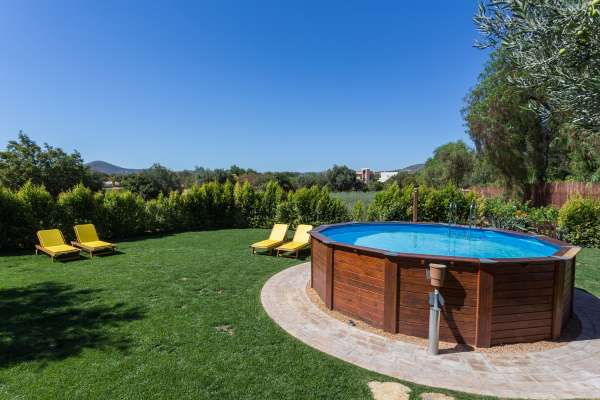
Calculating the initial installation costs of a pool deck requires careful consideration of various factors. The type of material chosen significantly impacts the overall expenses, with options ranging from budget-friendly concrete to luxurious natural stone. Additionally, the size and layout of the pond deck play a crucial role in determining the final cost, as larger areas and complex designs often require more labor and materials.
Regional Weather Impact
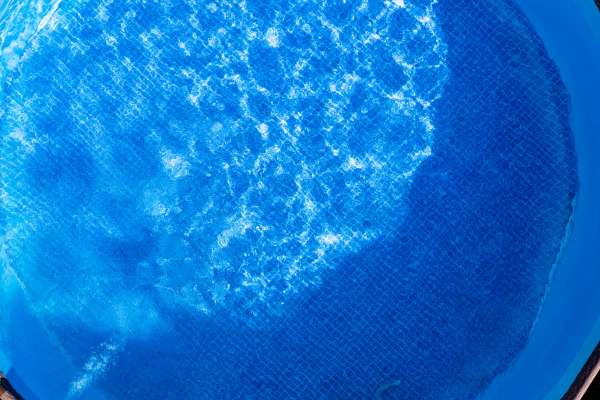
The regional weather impact cannot be overlooked when considering how deep above ground pools should be. In areas with colder climates, a deeper pool may require more extensive maintenance and winterization to prevent damage from freezing temperatures. Conversely, in warmer regions, a deeper pool might be preferable for its ability to stay cooler during hot months. Understanding how your local weather can affect your pool will guide you in choosing a depth that is both enjoyable and practical for your specific environment.
Desirability Of Certain Depths
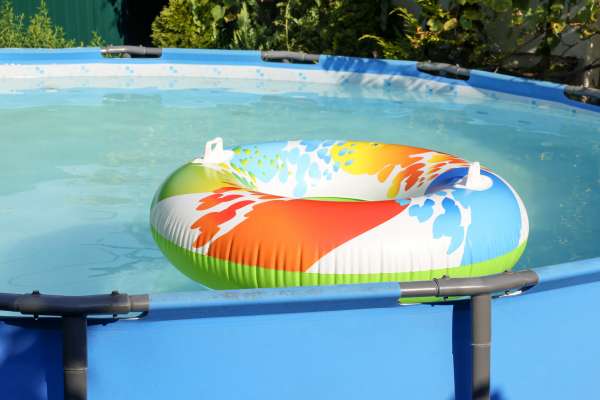
The desirability of certain depths in above ground pools is a topic of great interest to potential pool owners. Depth in a pool isn’t just a matter of measurement; it’s about crafting the perfect aquatic experience. For families with young children, shallower pools are often more desirable for safety and ease of play. Conversely, deeper pools, typically ranging from 48 to 54 inches, cater to those looking for a more immersive swimming experience or for practicing swimming techniques. The choice of depth in above ground ponds greatly influences their usage, appeal, and suitability for different age groups, making it a crucial factor in the decision-making process.
Psychological Well-Being
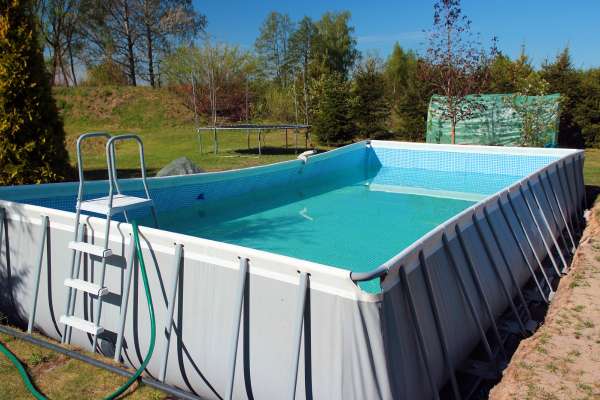
Our psychological well-being is not merely a measure of happiness and contentment; it is also a reflection of our ability to navigate through life’s challenges with resilience and adaptability. It’s about delving into the complexities of our emotions and experiences to uncover layers of understanding and growth. Like an above-ground pond that holds more water than expected, diving deep into introspection and self-reflection can lead us to discover hidden strengths, untapped potential, and new insights into what it truly means to be psychologically well.
Futuristic Pool Concepts
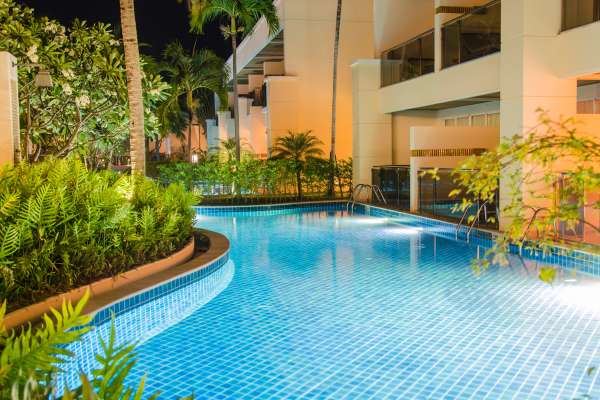
Futuristic pool concepts are also reshaping ideas about the depth of above ground pools. Innovations in pool design are introducing features like adjustable depths, where the pool floor can be raised or lowered to suit different needs and activities. This adaptability reflects a growing trend in pond design that values flexibility, safety, and customization. Such advancements not only make pools more accessible but also ensure they can evolve with a family’s changing needs, making depth a dynamic rather than a static feature of pool design.
Integrating Depth With Architecture
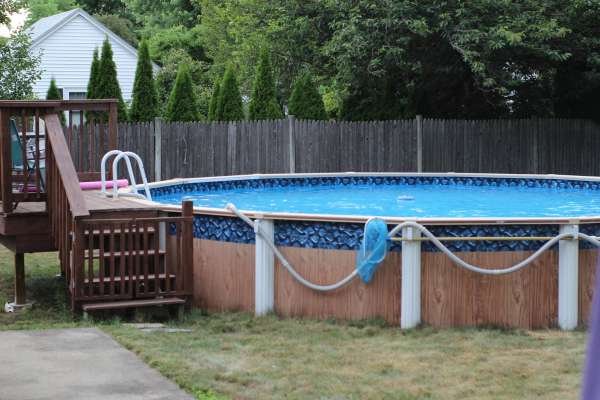
Integrating depth with architecture brings a new dimension to the design of spaces. The strategic incorporation of varying depths in architectural structures can create a sense of intrigue and fluidity within a space, engaging the senses and inviting exploration. By seamlessly blending different levels and depths, architects can evoke a feeling of dynamic movement, encouraging occupants to interact with their environment in unique ways.
Inclusive Design For Various Abilities
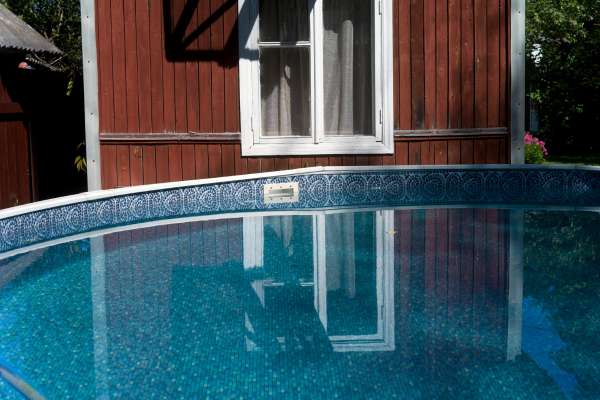
Inclusive design for various abilities goes beyond simply meeting the basic accessibility requirements. It involves creating products, spaces, and experiences that consider a wide range of human abilities and disabilities, ensuring that everyone can participate fully and independently. This approach requires empathy and understanding to uncover the unique needs of different individuals, from physical limitations to cognitive differences.
Working With Pool Professionals For Customization
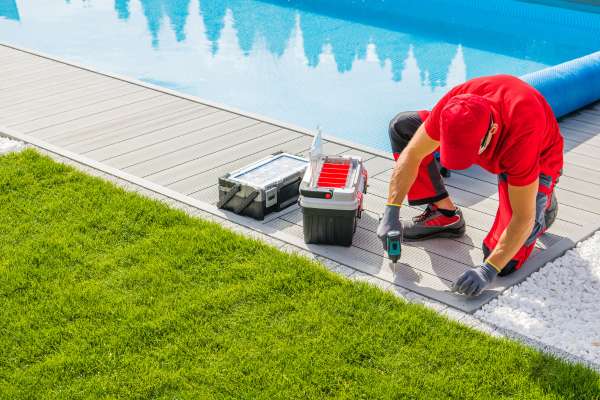
Working with pool professionals for customization can transform your backyard into a personalized oasis. From unique designs to customized features, collaborating with experienced pond experts opens up a world of possibilities. Whether it’s adding intricate water features or designing a one-of-a-kind shape, the expertise of pool professionals can turn your vision into reality.
The Final Thought
Deep above ground pools can vary widely depending on their design and construction. While some models may only offer a shallow depth suitable for wading, others can provide a deeper swimming experience similar to traditional in-ground pools. It’s important for potential buyers to carefully consider their intended use of the pond and select a model with an appropriate depth. Additionally, proper installation and maintenance are crucial factors in ensuring the safety and longevity of any above ground pool. Ultimately, understanding the depth options available for above ground ponds can help consumers make informed decisions when selecting the right pool for their needs. Whether you’re looking for a relaxing oasis or a place to cool off during hot summer days, choosing the right depth for your above ground pool is essential to creating an enjoyable and safe environment for you and your family.
